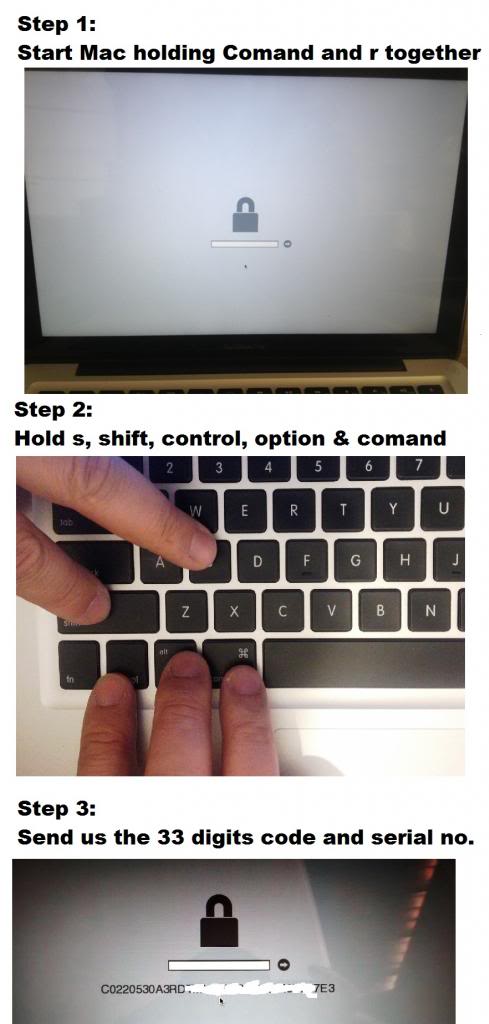
The Atmel chip's serial number and motherboard identifier are factory-programmed, resulting in a pairing that is unique for your system.
Calculator mac os resets to number password#
Apple's Firmware Password utility in OS X's Recovery HD partition is still used to set the firmware password on newer Macs.Įven if you were able to get the keyfile, it cannot be used on any other Mac system. Secondly, the Apple technicians will not give you the keyfile for unlocking your system, so you must get your system serviced to perform this step. This process may seem easy enough, except that the utility for creating the keyfile is kept at Apple so you have to go through an authorized service center, which will contact technicians at Apple for this service.
Press Control-Option-Command-Shift-S to reveal a 33-digit hash (mixed letters and numbers) that contains an identifier for your specific motherboard and the Atmel chip used for your system.Boot with Option key held to display the boot menu's firmware password prompt.To reset the firmware password on newer Macs, you must now follow these steps:

The password is also not available in the PRAM, so it cannot be revealed to users, regardless of their administrative status. This tiny chip is tucked away on the motherboard and includes include a security feature that stores the password in ways that require special programming with identifier numbers for both your motherboard and the Atmel chip to access and erase, which must done using special routines during the boot process.Īs it's not dependent on other system components to maintain this lock, this new chip therefore cannot be unlocked simply by a hardware change. In these newer systems, instead of using the PRAM to store the EFI firmware password, Apple has resorted to using a separate programmable controller from Atmel (PDF) that contains lockable flash memory used to store the password. The systems would maintain the lock and prevent the use of alternate boot modes, leaving no choice for those who had set the password and then forgotten it but to bring their systems in to Apple for servicing. Starting in 2011, users began finding they could no longer reset their firmware passwords simply by modifying the hardware configuration. These fallbacks made the Mac's firmware password almost laughable as a security measure, but this has changed with newer Mac systems. While administrative rights are required to uncover it, with these rights one can use included utilities in OS X to reveal the password in the PRAM, which is masked only by a simple obfuscation routine. Not only did this basic way of bypassing the password exist, but the password was also not stored very securely. The firmware password on any Mac can be set using the Firmware Password utility that is available on the OS X installation volume.Īltering the system's hardware configuration, such as by removing or adding RAM modules, would clear the security password and permit booting to alternative modes. In earlier Intel-based Macs the firmware password was stored in the PRAM of the system, and was simply read by the system's EFI firmware before other PRAM variables in order to maintain the lock on the system however, this setup had drawbacks that allowed the firmware to be reset or even revealed. However, as a security measure the firmware password has been met with some criticism because it could easily be bypassed by someone who has physical access to the system.

With Apple's firmware password feature on Mac systems you can lock down the options to select an alternative startup disk, boot to Safe or Single User modes, reset the PRAM, and otherwise start the system in ways that can bypass the security features of OS X.


 0 kommentar(er)
0 kommentar(er)
